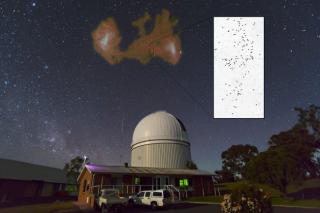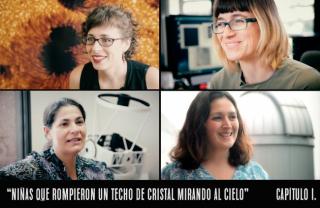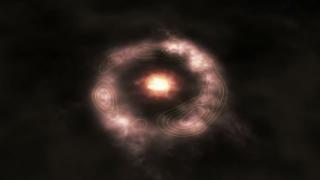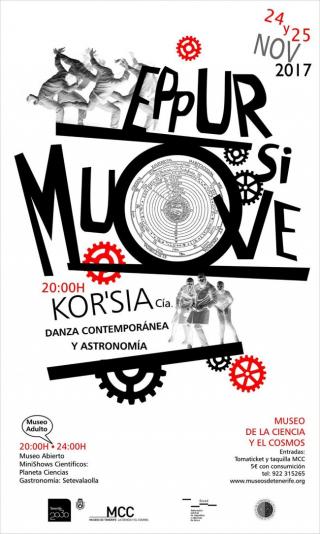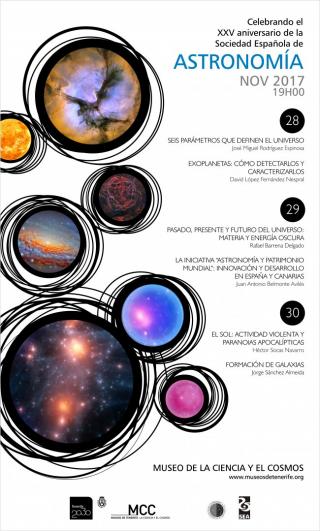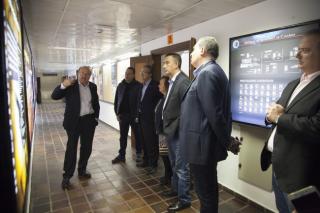
Esta mañana, algunos de los senadores que componen el grupo territorial del Partido Popular canario, visitaron la sede central en La Laguna del Instituto de Astrofísica de Canarias (IAC). Rafael Rebolo López, director del centro, les enseñó las instalaciones y explicó la labor que el IAC desarrolla tanto en la sede central como en el Observatorio del Teide (Izaña, Tenerife) y en el Observatorio del Roque de Los Muchachos (Garafía, La Palma). A esta visita asistieron María Isabel García Luis, senadora tinerfeña y portavoz del grupo; Antonio Alarcó Hernández, senador por Tenerife y anfitrión
Advertised on
